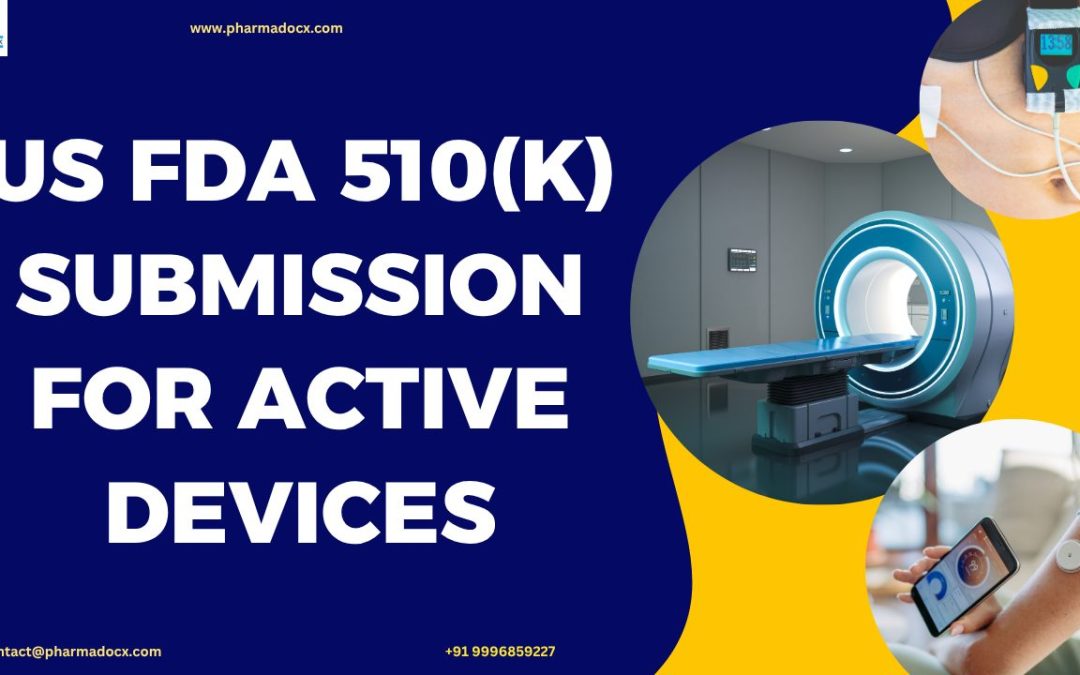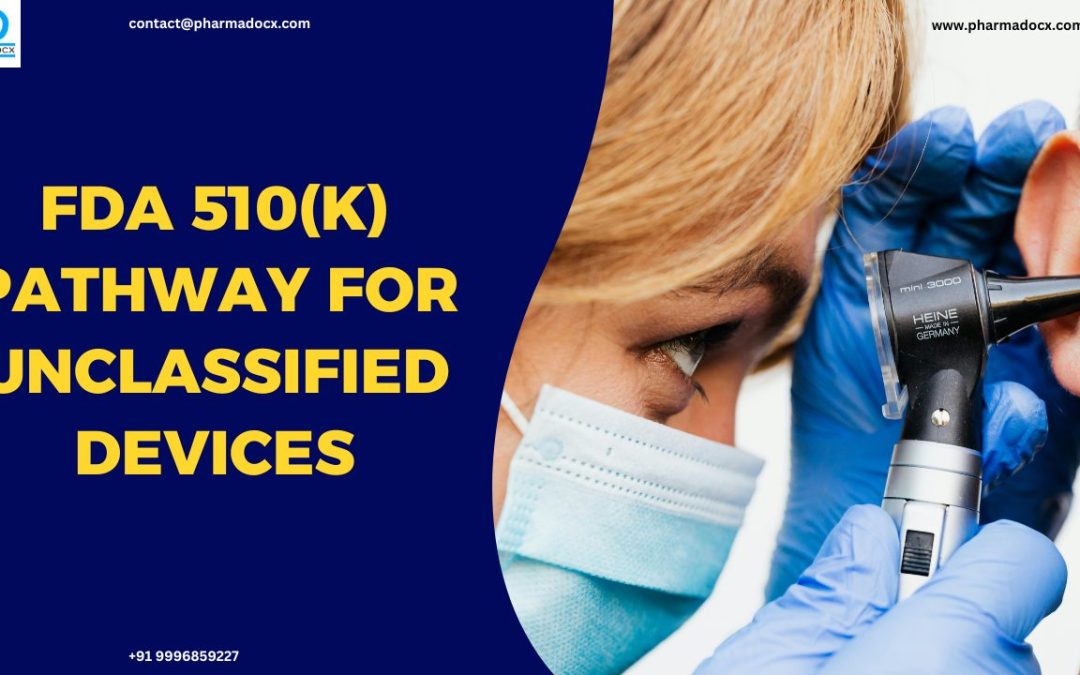

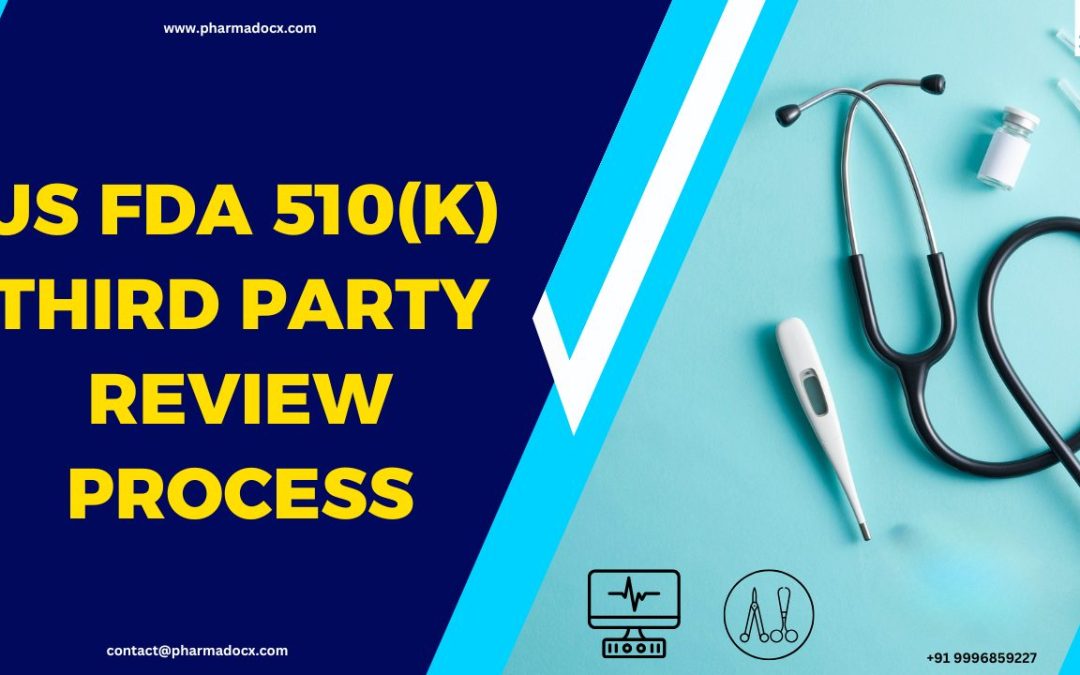
US FDA 510(k) Third Party Review: Everything You Need to Know
The FDA 510(k) Third Party Review Program is a voluntary alternative review pathway. It allows accredited third-party organizations to review certain low- to moderate-risk medical device submissions instead of the FDA itself. The Third Party Review process helps...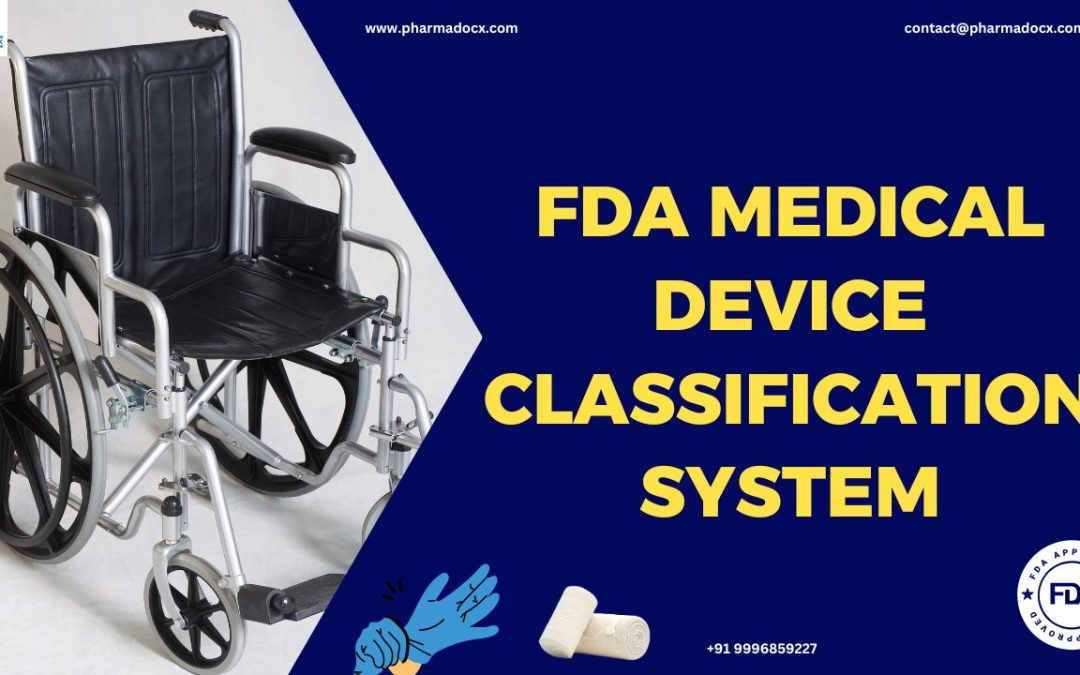
US FDA Medical Device Classification System: Your Guide
The FDA classifies medical devices into three categories based on associated risk level. Each device class requires a different level of regulatory control. These guidelines are in place to ensure the safety and effectiveness of the device. Hence, manufacturers...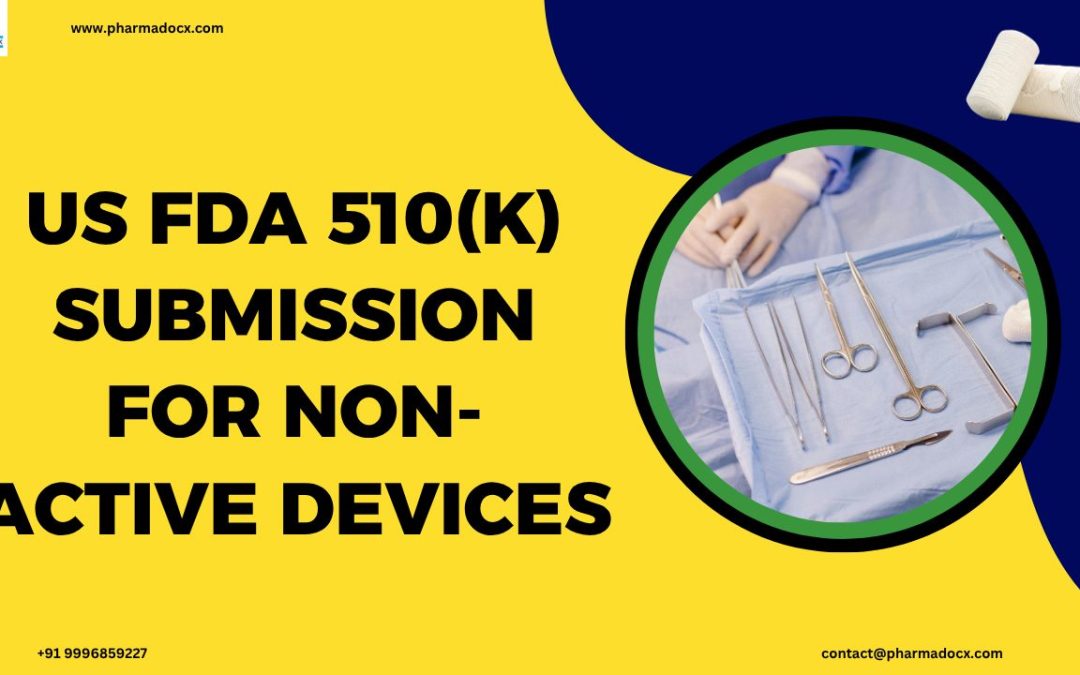
US FDA 510(k) Submission for Non-Active Devices: 7-Step Process
Non-active devices form the backbone of clinical practice. They are often simple in design but require rigorous validation to ensure safety, especially when used invasively or for long-term. For non-active medical devices, the 510(k) submission process is rigorous but...